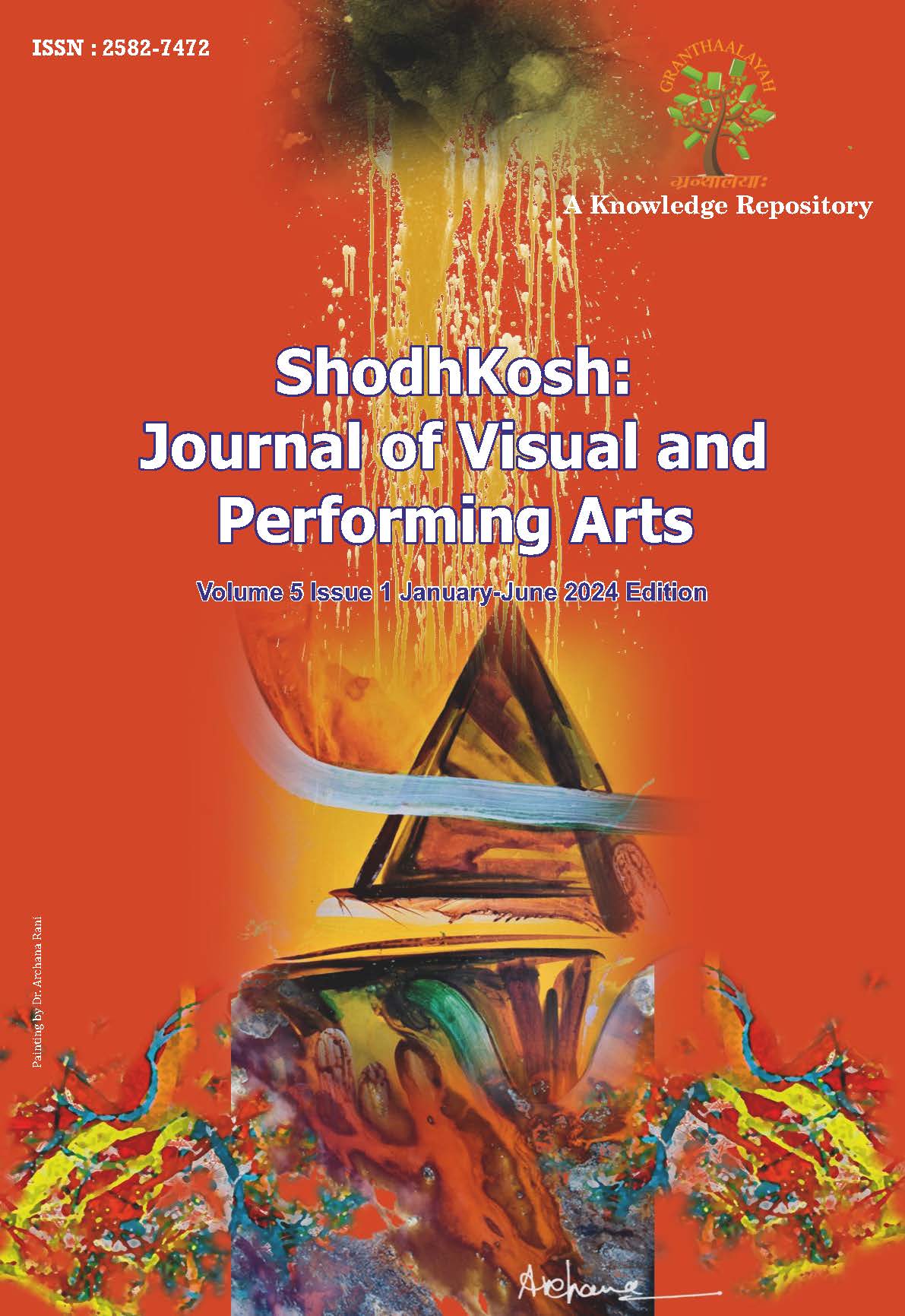THE RHETORIC OF ECOPRECARITY: A STUDY OF VULNERABILITY IN THE ROAD BY CORMAC MCCARTHY
DOI:
https://doi.org/10.29121/shodhkosh.v5.i1.2024.3138Keywords:
Environmental Ruin, Ecoprecarity, Eco-Critical DystopiaAbstract [English]
Eco-dystopia or Eco-critical dystopia focuses on the environmental ruin and how that brings subsequent changes to the society. Eco-dystopia tells the stories of apocalypse, dilapidated earth, earth’s rebel against human exploitation and human adversity due to the loss of natural resources. These echo the environmental concerns that need to be addressed properly. Eco- dystopian novels articulate the near future crisis that stress much importance on the environmental disaster caused by human intervention. Dystopian novels in general speculate a society packed with dystopian elements such as technological control, religious control, loss of individuality, survival as well as environmental havoc. Major issues of climate change have been described in many dystopian novels throughout the years. For instance, Parable of the Sower, Tentacle, American war, The Fifth Season and so on predict the future, where global warming and pollution have led to the eradication of society. Extreme weather, food shortage, rising sea levels, high pollution, climate change have become the core of these novels.
References
Freud, Sigmund. Civilization and its discontents. In Civilization, society and religion Vol 12 Penguin Freud Library., Trans. James Strachey, pp. 243–340.
Kate, Soper. What Is Nature? Culture, Politics and the Non-Human. Oxford: Blackwell, 1995. McCarthy, Cormac. The Road. Picador, 2006.
Nayar, K Pramod. Ecoprecarity Vulnerable lives in Literature and Culture. Routledge Studies in World Literatures and the Environment, 2019. DOI: https://doi.org/10.4324/9780429294815
Nixon, Rob. Slow Violence and Environmentalism of the Poor. Cambridge, Harvard University Press, 2011. DOI: https://doi.org/10.4159/harvard.9780674061194
Wheeler, Pat, and Rowland Hughes. “Introduction Eco-dystopias: Nature and the Dystopian Imagination.” Berghahn Books, Vol. 25, No. 2 (2013), pp. 1-6. DOI: https://doi.org/10.3167/cs.2013.250201
Downloads
Published
How to Cite
Issue
Section
License
Copyright (c) 2024 T. Divya Bharathy

This work is licensed under a Creative Commons Attribution 4.0 International License.
With the licence CC-BY, authors retain the copyright, allowing anyone to download, reuse, re-print, modify, distribute, and/or copy their contribution. The work must be properly attributed to its author.
It is not necessary to ask for further permission from the author or journal board.
This journal provides immediate open access to its content on the principle that making research freely available to the public supports a greater global exchange of knowledge.































